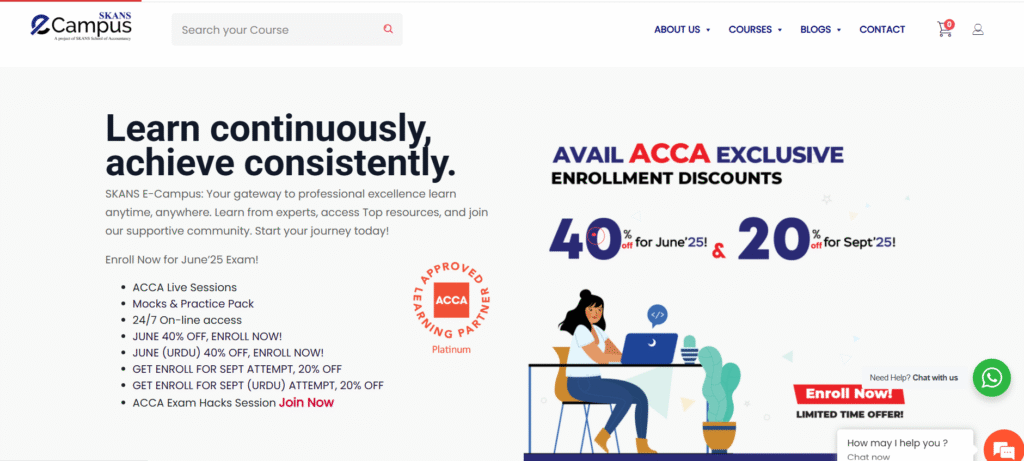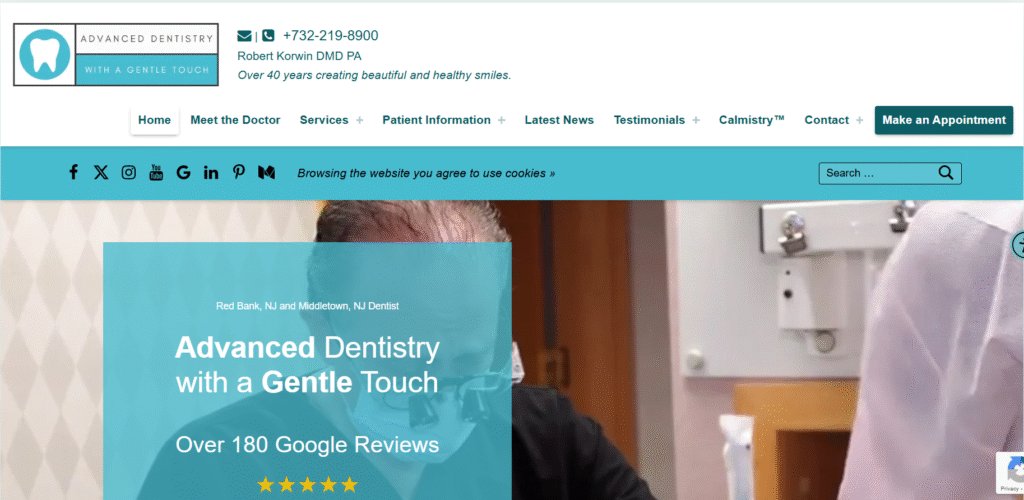Welcome to Data Domini
Your Trusted SEO Experts
A Top Digital Marketing Agency
Helping businesses rank higher, grow faster, and reach the right audience with powerful SEO strategies.
What we do
Data Domini helps businesses grow by improving their online visibility through expert SEO services — and we’ve been doing it successfully for 10 years. Our team specializes in search engine optimization, Google ranking strategies, content marketing, and technical SEO to ensure your website stands out in search results.
We focus on delivering measurable results—more traffic, better rankings, and higher conversions. Whether you’re a startup or an established business, we offer customized SEO solutions to match your goals. From keyword research and on-page optimization to link building and performance tracking, we handle it all with precision and care.
Whether you’re looking to improve your search rankings, attract new customers, or build long-term digital authority — we’re here to help you achieve results with honesty, quality, and innovation.

Delivering Proven SEO Strategies to Drive Real Growth
For over 10 years, we’ve helped businesses improve visibility, boost organic traffic, and turn search results into real revenue growth.
Here’s a look at a few of our recent SEO success stories:

Increase Orders
Top 3
Reviewed By Purse Bazar
Thanks to the incredible support and SEO services from Data Domini, Purse Bazar achieved outstanding results over 500 orders and 100+ keywords ranked in the top 3 within just one year. Highly recommended for driving real growth and visibility!

Course Enrolment
Reviewed by SKANS
Thanks to the exceptional SEO services and dedicated support from Data Domini, Skans E-Campus saw impressive growth—800+ orders and 400+ keywords ranked in the top 10 within just a year. Truly a game-changer for online success and visibility!

Generate Qualified Leads
Top 3
Reviewed By Dr. Korwin
Thanks to Data Domini’s expert digital marketing and SEO support, Dr. Korwin’s Advanced Dentistry saw remarkable growth in online visibility, patient inquiries, and top keyword rankings. Truly effective and professional service!
Explore Our Professional SEO Services
Competitor Analysis
We analyze your top competitors to uncover their keyword targets, backlink profiles, and content strategies. This allows us to identify growth opportunities and help you outperform them in search rankings.
SEO Audit
We perform a full technical SEO audit of your website—checking site speed, mobile performance, broken links, crawl errors, and on-page SEO—to uncover issues and improve search visibility.
Technical SEO
We fine-tune your website’s backend with essentials like schema markup, meta tags, XML sitemaps, and mobile usability fixes so search engines can crawl, index, and rank your content effectively.
Keyword Research & stragtegy
We identify high-potential, low-competition keywords tailored to your audience. This boosts your traffic quality and improves your chances of ranking higher on Google.
On-Page SEO
We optimize each web page with targeted keywords, proper headings, internal linking, and SEO-friendly structure to improve user experience and boost organic search performance.
OFF-Page SEO
We handle the external signals that influence rankings—backlink building, digital PR, and social signals—while enhancing trust and authority across the web.
Local SEO
We optimize your business for location-based searches with local keywords, Google Business Profile setup, citations, and reviews to boost visibility in your area.
eCommerce SEO
We optimize product and category pages with structured data, compelling meta tags, and technical fixes to improve visibility, conversions, and organic sales.
Content Writing
We create SEO-optimized content that targets keywords naturally, aligns with search intent, and supports both users and search engines—driving engagement and rankings.
Why Data Domini’s SEO Services Outrank the Competition
Experienced SEO Experts
With over a decade of SEO experience, our specialists bring deep knowledge of algorithms, user intent, and digital strategy. We’ve helped startups, e-commerce stores, and B2B companies climb rankings and increase online visibility. What sets us apart is not just expertise but our hands-on, data-driven approach. We stay current with algorithm updates and best practices, solving problems in real time. From strategy to execution, we remain fully involved, working closely with clients to ensure every campaign delivers measurable results and long-term growth.
Team You Can Trust
Our approach is built on trust, collaboration, and real partnerships. Every client works directly with an SEO specialist who understands their business goals and market challenges. From the start, we align strategy with your vision and keep communication clear and consistent. No hidden processes—just honest, personalized support at every step. Whether we’re fixing issues, optimizing content, or reporting progress, we ensure you’re informed, empowered, and always in control of your digital growth.
Stay Ahead. Always
SEO is constantly evolving, and so are we. Our team tracks algorithm changes, search trends, and user behavior to keep your strategy one step ahead. We never rely on outdated tactics. Instead, we test, refine, and optimize continuously. Whether improving site speed, refreshing old content, or refining page structures, we ensure your website performs at its peak. With us, you’re not just keeping up—you’re staying ahead, always ready for what’s next in the digital landscape.
Strategic Growth Plans
Every business is unique, and your SEO plan should reflect that. We create customized growth strategies based on your audience, goals, and market. From keyword research and on-site audits to content planning and link building, every move is focused on ROI. Our strategies don’t just bring more traffic—they attract the right traffic. We help you convert visits into leads and leads into revenue. It’s not just about ranking higher; it’s about growing stronger, smarter, and faster.
SEO That Delivers
We believe great SEO is measurable. That’s why we focus on results you can see—more traffic, better rankings, and stronger conversions. Every campaign is built with performance in mind, using advanced analytics, keyword insights, and proven on-page techniques. We fine-tune every detail to ensure maximum ROI. Monthly reports, regular reviews, and continuous optimizations help us track what’s working and what needs adjustment. With us, your SEO investment turns into tangible business growth.
Transparent Reporting
You should always know what your SEO is doing for you. Our transparent reporting gives you complete visibility—covering keyword rankings, traffic performance, backlink quality, and more. We use trusted tools like Google Analytics and Search Console to gather real data and provide clear, action-oriented insights. Each month, you’ll receive easy-to-read reports with expert commentary and next steps. No jargon, no guesswork—just honest performance tracking and smarter strategy decisions, every step of the way.
Website Optimization Services
Our website optimization services are built to help your site perform better in search engines and provide a faster, smoother experience for your visitors. We focus on improving both technical elements and on-page content to enhance visibility, boost speed, and increase qualified traffic.
We optimize key areas like meta tags, internal linking, headers, and URL structure to ensure your site is easy for Google to crawl and understand. Whether you manage a blog, an online store, or a service-based site, we make your content search-friendly and conversion-ready.
Every on-site element matters—from keyword-rich titles to layout and content formatting. We align each page with what your audience is actually searching for to improve relevance, engagement, and performance. These updates help boost SEO and build long-term user trust.

Data Domini Ranking Method
Discover Goals
We start by understanding your business, target audience, and objectives. Our SEO team meets with you to define KPIs, assess current rankings, and run in-depth keyword research. This discovery stage helps us align strategies with your specific goals and sets a strong foundation for all future SEO activities.
Website Audit
Next, we conduct a full website and competitor audit to identify technical issues, keyword gaps, and ranking obstacles. We review backlinks, content quality, and user behavior data. This helps us build a tailored SEO roadmap that’s data-driven and aligned with your business performance goals.
Custom SEO Strategy
After the audit, we craft a 60-day SEO plan based on your site’s strengths and weaknesses. This includes keyword targeting, content direction, and technical updates. Whether your goal is traffic, leads, or sales, we create a strategy backed by insights and designed for measurable growth.
Execute & Optimize
With your custom plan in place, we move into execution. This includes optimizing page elements like meta tags and structure, publishing fresh content, and improving link profiles. We also resolve SEO issues found in the audit. Each action is focused on boosting visibility and performance.
Track Results
We continuously track SEO performance using tools like Google Analytics, Search Console, and custom dashboards. Metrics like CTR, bounce rate, and keyword rankings are monitored closely. This helps us identify what’s working, what needs improvement, and ensures alignment with your core KPIs.
Report & Refine
We send detailed monthly reports that are clear, useful, and easy to understand. These include keyword trends, traffic stats, site health, and progress updates. We also hold regular strategy reviews to refine your campaign. With full transparency, you’re always informed of what’s happening and why.
FAQs
SEO is a long-term strategy. While some improvements may be visible within 1–2 months, meaningful results typically take 3–6 months depending on your niche, competition, and website health.
Our SEO packages cover keyword research, technical SEO, on-page and off-page optimization, content strategy, reporting, and competitor analysis—everything you need to improve visibility and rankings.
No ethical SEO agency can guarantee #1 rankings. But we do guarantee honest work, strategic planning, and proven methods to improve your position and traffic over time.
Absolutely. We begin with a full technical SEO audit to identify any site issues and find opportunities for improvement. This helps us build a data-backed strategy from day one.
Yes. If your site has been hit by a manual or algorithmic penalty, we’ll diagnose the issue, remove harmful elements, and help you regain your rankings and traffic.
We perform in-depth keyword research based on your industry, goals, and competitors. We focus on search intent and target keywords that are profitable and aligned with your audience.
Yes. We send detailed monthly reports that cover traffic growth, keyword rankings, site improvements, and key performance metrics—so you’re always in the loop.
Yes, we specialize in local SEO for businesses targeting a specific region or city. We optimize Google Business Profiles, local citations, and location-based keywords to increase visibility.
Boost Your Rankings – Let’s Talk SEO Strategy Today!

